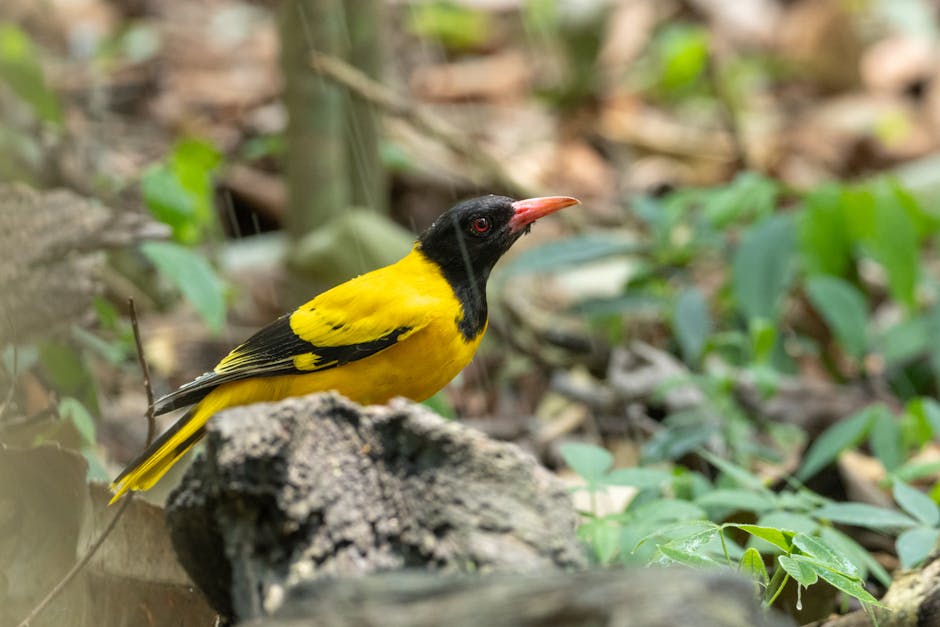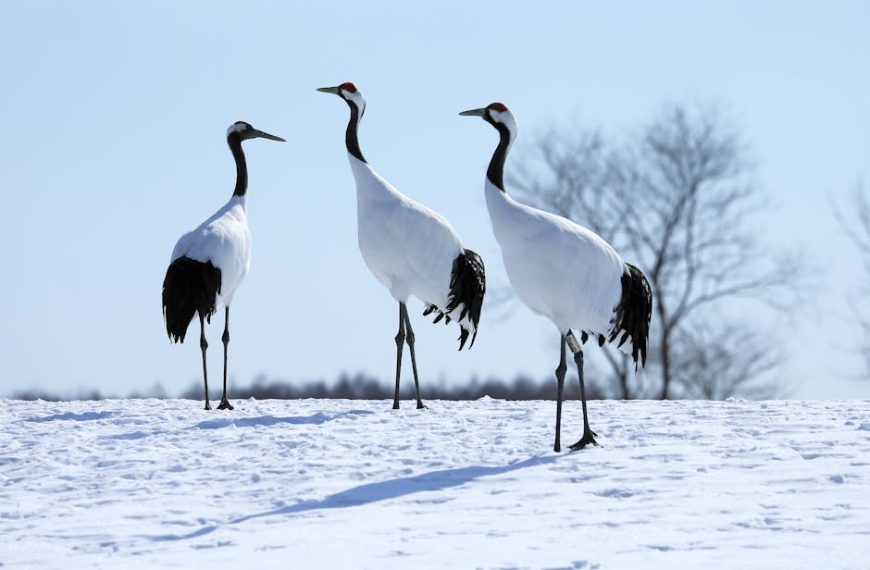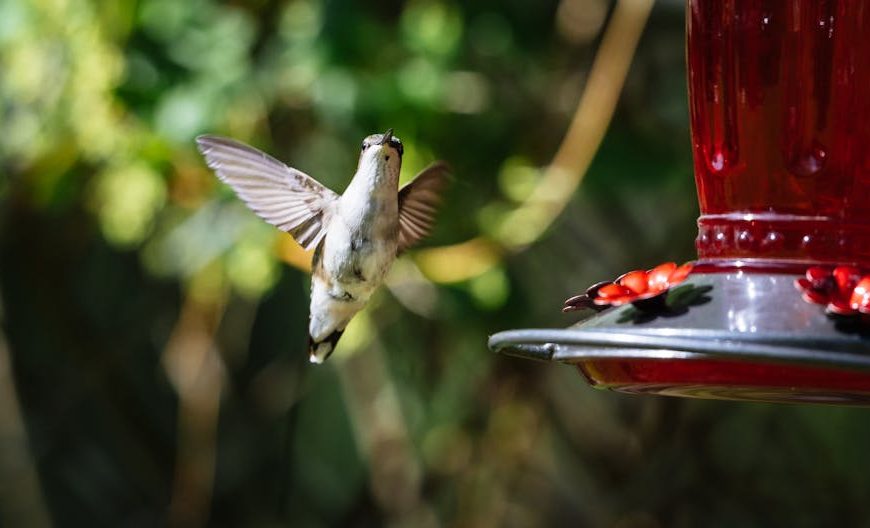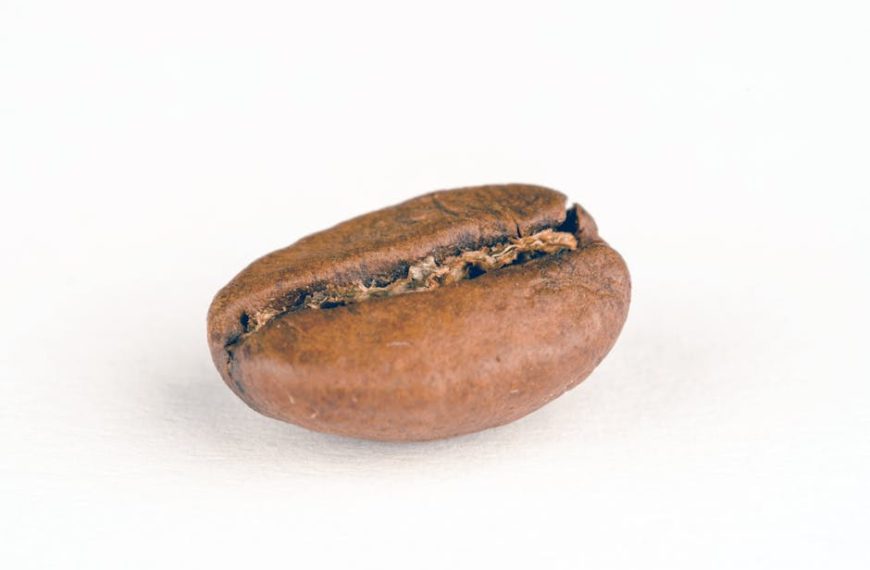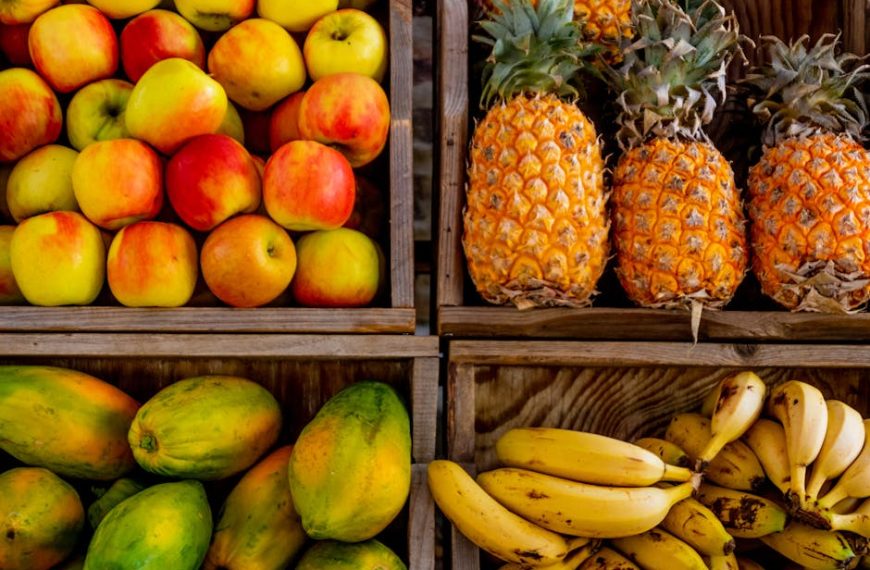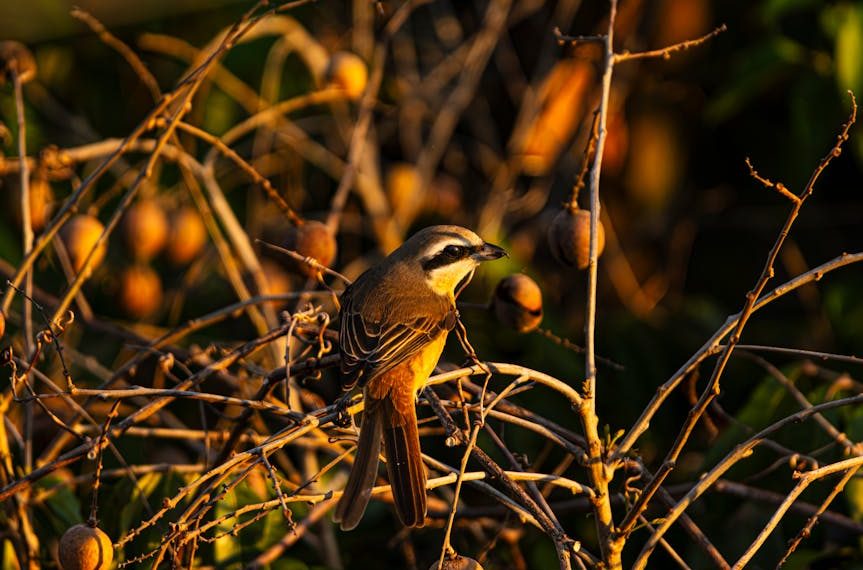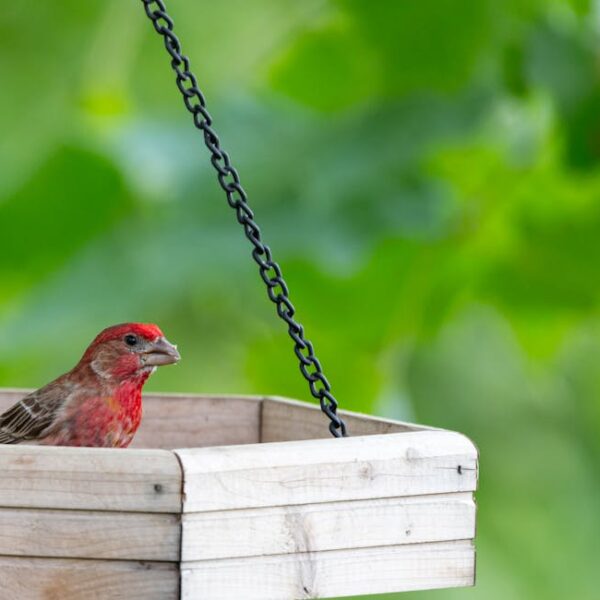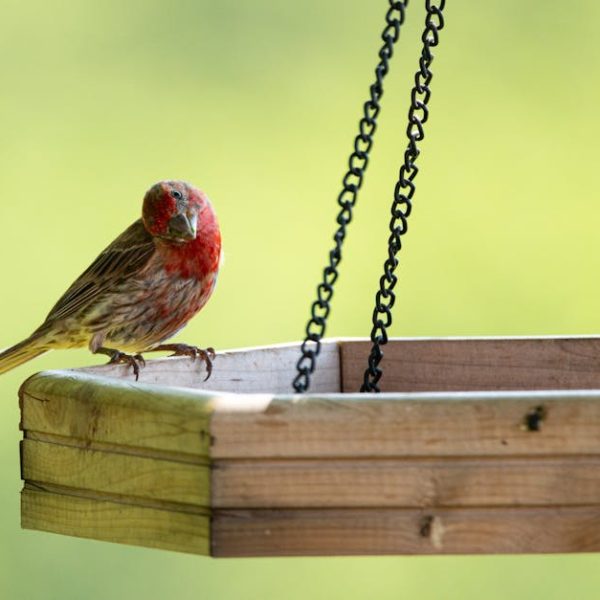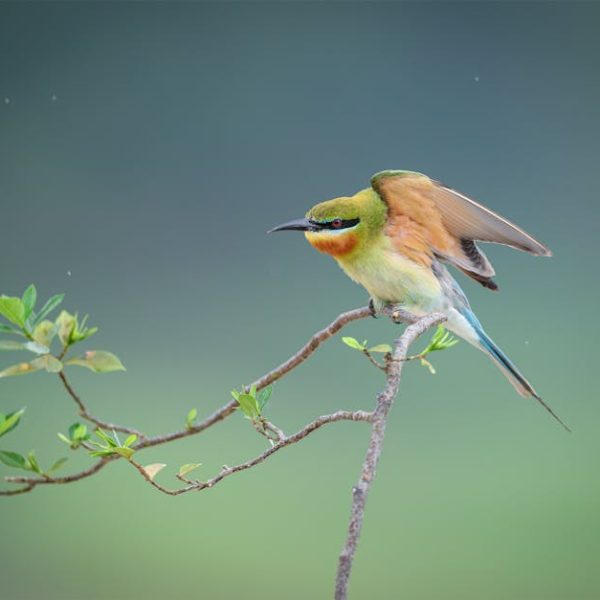Birds and jelly may seem like an unlikely pair, but there are many species of feathered friends that are known to have a penchant for sweet treats. Specifically, grape jelly seems to be a surprisingly sought-after delicacy in the world of avian diets. While we usually associate bird diets with seeds, nuts, insects or berries, certain species do not shy away from indulging in some sugary goodness.
Orioles: The Jelly-Loving Birds
Arguably the most popular grape jelly fans are Orioles. These nectar-feeding birds have a notorious sweet tooth and are commonly observed dining on grape jelly in backyard bird feeders. Various types of Orioles including Baltimore Orioles, Orchard Orioles, and Bullock’s Orioles are known to relish this surprisingly loved bird treat.
Pro Tips to attract Orioles:
- Use a specially designed Oriole jelly feeder to keep the jelly clean and accessible
- Avoid mixing grape jelly with other foods they like – like nectar and meal worms
- Never provide more jelly than what the Orioles can consume in one day to prevent it from fermenting or attracting ants.
Woodpeckers: Not Just About Nuts and Berries
Another species of birds that can’t resist grape jelly are Woodpeckers. While they are primarily dependent on insects for their protein and trees for their fat requirements, they also seem to be attracted to the sweetness of grape jelly.
A ‘pros and cons’ comparison of Woodpecker diet requirement can look something like this:
| Traditional Foods | Grape Jelly |
|---|---|
| :————————– | :—————- |
| Natural Woodpecker diet includes nuts, insects, fruits, and berries. | Unnatural, but a treat they surprisingly enjoy. |
| Nutritious and essential for their growth and survival. | Lacks essential nutrients but can supplement energy needs. |
| Requires effort to forage, maintaining their natural behavior and instincts. | Easy to feed and can potentially make them lazy and dependent. |
One must ensure that the grape jelly feeding is occasional and not a regular feeder item. This is because excessive sugar is not good for their health, and it should never replace their natural diet.
Cardinals: A Dash of Sweetness for These Seed Eaters
Then there are Cardinals who are primarily seed eaters. However, they sometimes experiment with the sweet nectar and jellies that are not a regular part of their diet. Here’s a checklist to gradually introduce Cardinals to grape jelly:
Cardinal grape jelly introduction checklist:
- Begin with small quantities of jelly.
- Mix it with their regular seed diet to attract them.
- Slowly increase the grape jelly portion if they show interest.
- Keep a close watch on their behavior and health. If it shows any negative impact, immediately stop the jelly feeding.
Introducing Cardinals to grape jelly can add variety to their feeding habits. However, it’s crucial to monitor its influence on their behavior and health for ensuring it’s a sweet treat rather than a harmful habit.
Jellies and Bird Diets: What You Should Know
Just like with humans, balance is key when it comes to a bird’s diet. This applies to feeding them sweet treats like jellies as well. Though fruits naturally come with sugars, grape jelly is processed and concentrated, making it a much sweeter treat than its natural counterpart.
Let’s look at the ‘Pros and Cons’ of feeding jellies to birds compared to their natural diets:
| Natural Diet | Grape Jelly |
|---|---|
| :———– | :———– |
| Provides balanced nutrients required for growth and survival. | Lacks essential nutrients but high on quick energy. |
| Promotes natural behavior of foraging and hunting. | Easy to feed, which can potentially lead to laziness and dependency. |
| No risk of health issues when consumed in moderation. | Can lead to health problems like obesity or dental issues in excess. |
Ultimately, while it won’t hurt to offer grape jelly as a treat to your feathered friends, it’s crucial to ensure their primary diet is still their natural food—a well-proportionate mix of seeds, fruits, insects, and nectar.
Setting Up Your Jelly Feeders: Dos and Don’ts
Setting up a grape jelly feeder in your backyard is a fantastic way to attract a range of bird species. It’s not just about plopping down some jelly, though, you need to consider factors like hygiene, safety, and location.
Here are some tips to get you started:
- Use a feeder specifically designed for jelly, equipped with protection to keep the jelly clean and fresh.
- Position your feeder in a quiet, safe spot, ideally near a bush or tree where birds can take shelter.
- Clean your feeder frequently to prevent mold growth and deter pests.
- Be mindful of feeder placement to avoid potential run-ins with window glass.
Remember upon selecting a bird feeder, the idea is to provide an additional food source for your avian friends, not to replace their natural diet. Gardening and attracting wildlife is all about balance, and the key to doing it right is understanding and respecting the wildlife you attract.
With proper care and management, you can get a front-row seat to the captivating spectacle of wildlife dining in your backyard without straying from a bird-friendly approach!
Key Takeaway:
- Certain bird species, particularly Orioles, Woodpeckers, and Cardinals, show an affinity towards grape jelly, making it an attractive treat to include in bird feeders.
- While the occasional grape jelly indulgence can be accepted, it’s essential not to replace their primary natural diet with this sweet treat.
- Excessive grape jelly can lead to health issues in birds due to high sugar content and lack of essential nutrients compared to their normal diet.
- The right way to introduce grape jelly to birds involves gradually mixing it with their regular food, closely monitoring their behavior and health responses, and setting specific portions that won’t attract pests or lead to over-feeding.
- Proper hygiene and strategic location of jelly feeders can attract a variety of birds and offer an enjoyable bird-watching experience.
As we strive to understand and appreciate our avian friends better, acknowledging their varied dietary preferences, including an occasional enjoyment of grape jelly, gives us more ways to interact with them. With moderation, balance, and close observation of their health and behavioral responses, we can incorporate a dash of sweetness into their feeding routine without disrupting their essential natural diets.
FAQs
Q: What kind of feeder is best to use for serving grape jelly to birds?
A: Using a feeder designed specifically for jelly is recommended as it helps keep the jelly fresh and prevents it from being contaminated.
Q: Can I feed other types of jelly or jam to birds?
A: While some birds may eat different types of jelly, grape jelly is usually the preferred choice. It’s important to note that any jelly should only be provided as an occasional treat and not a primary food source.
Q: Can feeding birds grape jelly make them dependent and stop foraging for their natural diet?
A: It’s possible if birds are offered grape jelly too frequently. The key is balance – offering jelly as an occasional treat alongside their regular diet encourages natural feeding instincts.
Q: Is there a risk of attracting unwanted pests with grape jelly feeders?
A: Yes, sweet foods like grape jelly can attract pests. Regularly cleaning the feeder and not leaving jelly out overnight can help mitigate this issue.
Q: Can grape jelly harm the birds?
A: While the occasional treat of grape jelly is typically safe, an excessive amount can lead to health problems due to its high sugar content and lack of essential nutrients. Always monitor your birds if you decide to feed them grape jelly.
Now that you are armed with more insights into this exciting aspect of viticulture, don’t forget to share this article with other bird enthusiasts. Keep exploring our website for more intriguing bird-related articles!
